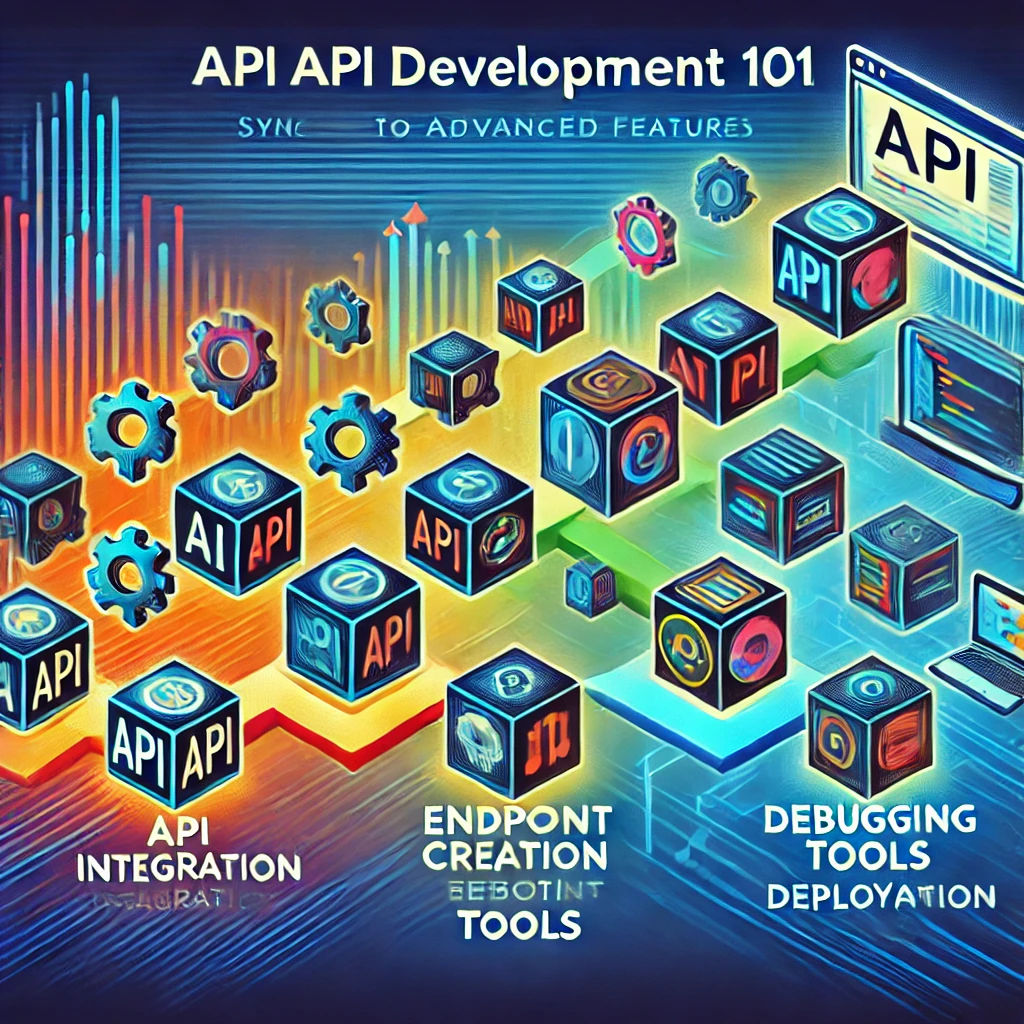Syncloop API Development 101: Basics to Advanced Features
Posted by: Rupesh | December 24, 2024

Syncloop API Development 101: Basics to Advanced Features
Understanding the Basics of Syncloop API Development
- Intuitive API Design Interface Syncloop’s drag-and-drop interface allows developers to design APIs visually, reducing the complexity of coding while maintaining flexibility for customization.
- Endpoint Creation Made Simple Define and configure API endpoints effortlessly, specifying input/output parameters and underlying logic with Syncloop's built-in tools.
- Basic Data Handling Syncloop enables seamless data integration with JSON and XML formats, ensuring compatibility with most applications and services.
- Built-In Testing Tools Validate your API’s functionality in real-time using Syncloop’s integrated testing suite, which simplifies debugging and ensures accuracy.
Advanced Features of Syncloop API Development
- Service Control Structures
Syncloop supports complex control flows such as:
- Transformers: For data formatting and validation.
- IfElse: For conditional logic.
- Redo: For retrying failed operations.
- Await: For managing asynchronous tasks.
- Dynamic Integration Capabilities Connect to external systems, APIs, and databases through Syncloop’s robust integration layer, which supports REST, SOAP, and GraphQL protocols.
- Security and Authentication Implement OAuth2, API keys, and role-based access control to ensure secure data exchange. Syncloop’s encryption mechanisms protect data at rest and in transit.
- Version Management Syncloop simplifies version control, enabling developers to release updates without disrupting existing consumers of the API.
- Real-Time Monitoring and Analytics Use Syncloop’s dashboard to monitor API performance, track usage patterns, and analyze metrics for continuous improvement.
Best Practices for Syncloop API Development
- Start with Clear Specifications Define your API’s purpose, endpoints, and expected behavior before diving into development. Syncloop’s visual tools can help you plan effectively.
- Optimize Data Workflows Use Transformers to standardize and validate data inputs, ensuring your API handles data consistently and efficiently.
- Utilize Error Handling Configure fallback mechanisms and error messages using the IfElse and Redo control structures to enhance reliability.
- Leverage Asynchronous Processing Use the Await structure to handle time-consuming tasks without blocking the main application thread, improving user experience.
- Test Early and Often Take advantage of Syncloop’s built-in testing suite to validate your API during development, minimizing post-deployment issues.
- Document Thoroughly Use Syncloop’s automated documentation tools to provide clear API specifications, helping consumers understand and utilize your API effectively.
Advanced Use Case: E-Commerce API with Syncloop
An e-commerce platform requires an API to manage products, orders, and customer data. Using Syncloop:
- Product Management: Implement CRUD operations with Transformers for data validation.
- Order Processing: Use IfElse to manage order approval workflows.
- Customer Data: Ensure secure access using role-based authentication.
- Monitoring: Track API usage to identify high-demand features and optimize performance.
This setup not only simplifies API development but also ensures scalability and security.
Future Trends in API Development with Syncloop
With Syncloop, the future of API development is headed toward greater automation, AI-driven optimizations, and enhanced integration with emerging technologies like IoT and blockchain. Syncloop’s commitment to innovation ensures developers have the tools they need to stay competitive.
An illustration showcasing Syncloop's API development lifecycle, including design, integration, testing, and monitoring stages.
Back to Blogs